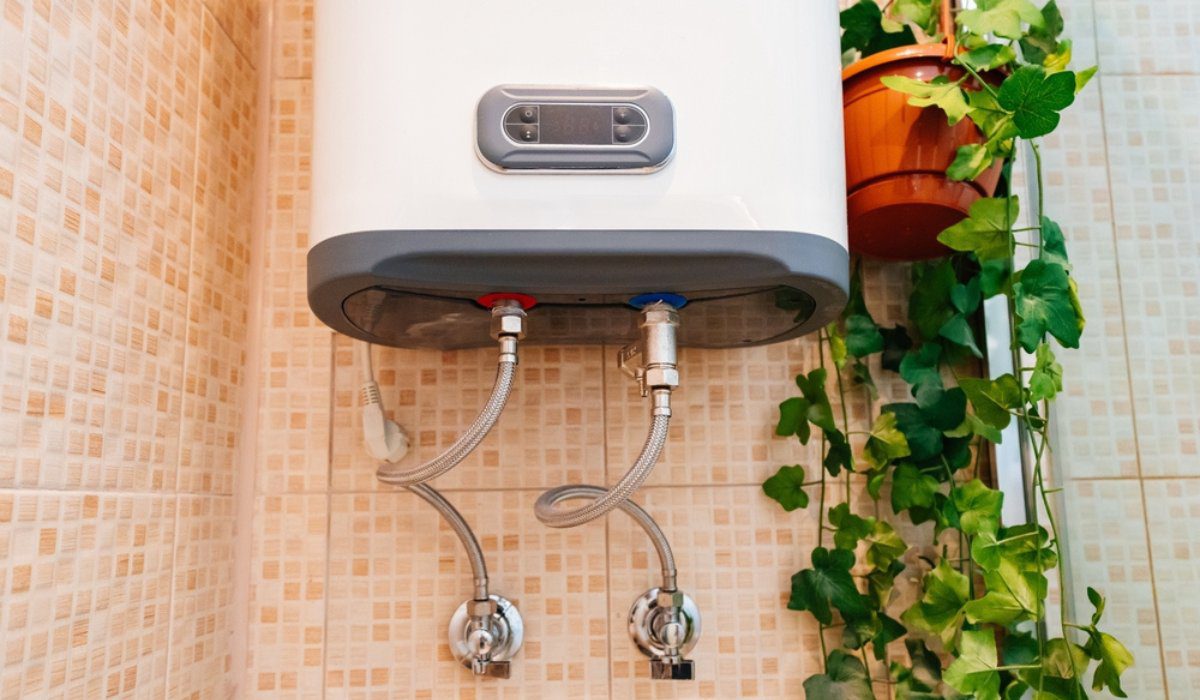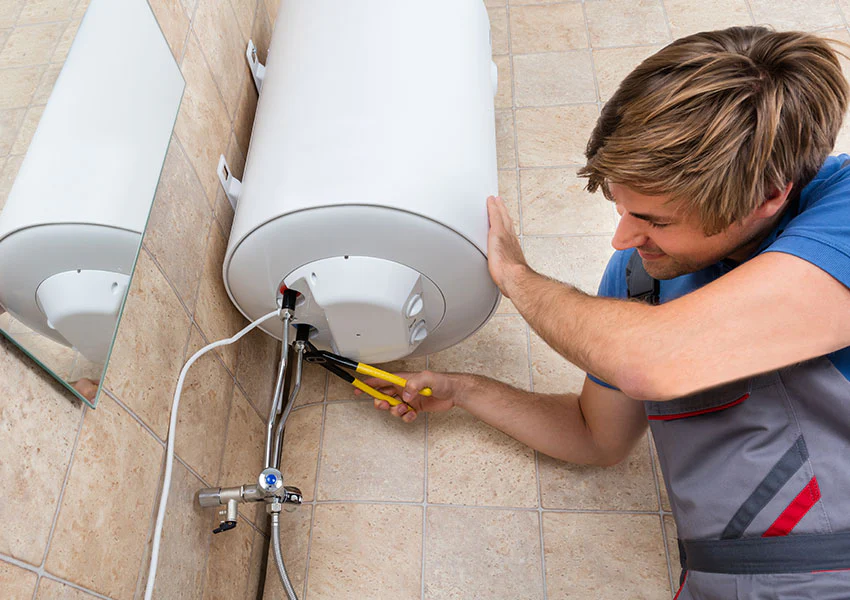Just about everyone has got their own assumption when it comes to Tips on Maintaining a Water Heater.

Hot water is crucial for everyday convenience, whether it's for a rejuvenating shower or cleaning dishes. To guarantee your warm water system runs efficiently and lasts much longer, regular maintenance is vital. This short article gives practical suggestions and understandings on how to maintain your home's warm water system to stay clear of disruptions and expensive fixings.
Intro
Maintaining your home's hot water system may appear challenging, however with a couple of simple steps, you can guarantee it operates smoothly for years to find. This guide covers whatever from comprehending your warm water system to do it yourself maintenance suggestions and understanding when to call professional help.
Value of Keeping Your Warm Water System
Routine maintenance not just expands the life expectancy of your warm water system but also ensures it operates effectively. Ignoring upkeep can cause lowered efficiency, greater energy bills, and even premature failure of the system.
Indications Your Warm Water System Requirements Maintenance
Understanding when your hot water system needs attention can avoid significant issues. Look out for signs such as irregular water temperature level, weird sounds from the heating system, or corroded water.
Purging the Water Heater
Purging your hot water heater removes sediment accumulation, enhancing efficiency and extending its life.
Monitoring and Replacing Anode Rods
Anode rods prevent deterioration inside the tank. Examining and replacing them when worn out is important.
Complicated Problems Requiring Professional Help
Instances include significant leakages, electrical problems, or if your water heater is continually underperforming.
Regular Expert Maintenance Advantages
Professional upkeep can consist of complete assessments, tune-ups, and making sure compliance with safety criteria.
Checking and Changing Temperature Setups
Changing the temperature setups makes sure optimal efficiency and security.
DIY Tips for Upkeep
You can do several upkeep tasks on your own to keep your warm water system in top condition.
Looking for Leaks
Regularly check pipelines and connections for leakages, as these can lead to water damage and greater costs.
Understanding Your Warm Water System
Before diving right into maintenance jobs, it's valuable to understand the fundamental components of your hot water system. Commonly, this includes the hot water heater itself, pipes, anode poles, and temperature controls.
Month-to-month Maintenance Tasks
Routine month-to-month checks can help capture minor concerns before they intensify.
Testing Pressure Alleviation Valves
Testing the pressure safety valve ensures it works correctly and stops extreme pressure accumulation.
Shielding Pipes
Protecting warm water pipes minimizes warm loss and can conserve energy.
When to Call an Expert
While do it yourself maintenance is helpful, some issues require professional expertise.
Verdict
Regular maintenance of your home's warm water system is necessary for effectiveness, durability, and price savings. By following these pointers and recognizing when to look for expert aid, you can guarantee a trustworthy supply of hot water without unexpected disruptions.
How to Maintain an Instant Hot Water Heater
Before tinkering with your hot water heater, make sure that it’s not powered on. You also have to turn off the main circuit breaker and shut off the main gas line to prevent accidents. Also turn off the water valves connected to your unit to prevent water from flowing into and out of the appliance. 2. When you’re done, you have to detach the purge valves’ caps. These look like the letter “T†and are situated on either side of the water valves. Doing so will release any pressure that has accumulated inside the valves while at the same time avoid hot water from shooting out and burning your skin. 3. When the purge valves’ caps are removed, you have to connect your hosing lines to the valves. Your unit should have come with three hoses but if it didn’t, you can purchase these things from any hardware or home repair shops. You can also get them from retail stores that sell water heating systems. Read the user’s manual and follow it to complete this task properly. When the hosing lines are connected, open the purge port’s valves. 4. You should never use harsh chemical cleaners or solutions when cleaning your unit. Make use of white vinegar instead. It should be undiluted and you’ll probably use about 2 gallons. 5. Now flush your water heater. This task should probably take about 40 minutes. We can’t give you specific directions for this because the procedure is carried out depending on the type, model and brand of your heater. With that being said, refer to the user’s manual. 6. When you’re done draining the unit, you have to turn off the purge port valves again. Remove the hosing lines that you earlier installed on each of the water valves. Put the valve caps (purge port) back in their respective places and be very careful so as not to damage the rubber discs that are found inside these caps. 7. Now that everything’s back in place, check your user’s manual again to find out how to reactivate your water heating system. 8. Once it is working, turn one of your hot water faucets on just to let air pass through the heater’s water supply pipes. Leave the tap on until water flows smoothly out of it. https://www.orrplumbing.com/blog/2014/september/how-to-maintain-an-instant-hot-water-heater/

Hopefully you enjoyed our excerpt on What Kind of Maintenance Do Water Heaters Need?. Thanks so much for finding the time to read our piece. Remember to pause to share this blog post if you enjoyed it. Thank you for your time. Come back soon.
Check This Out